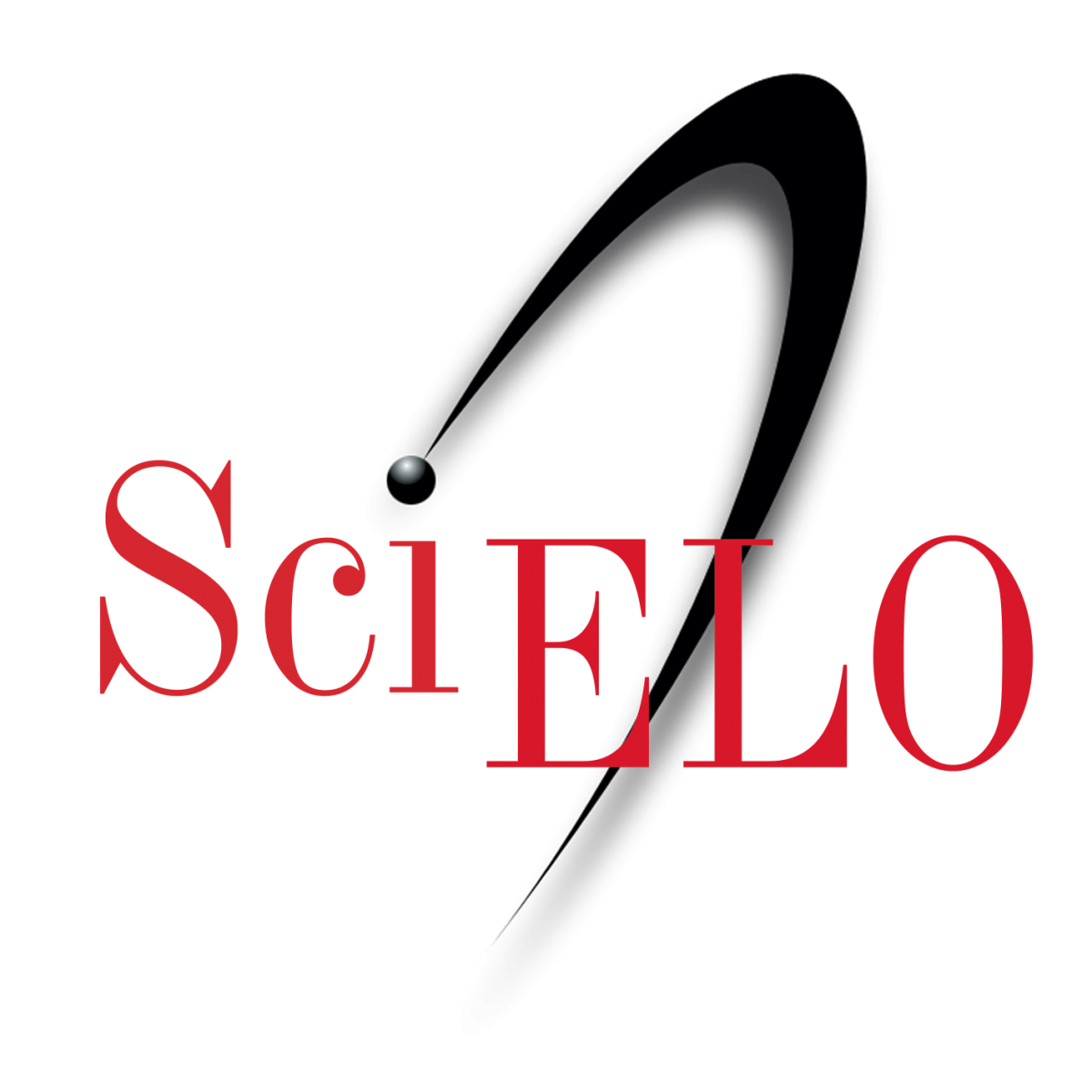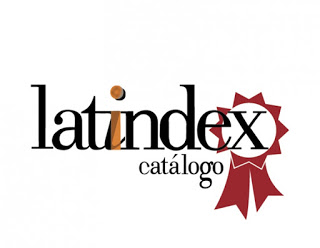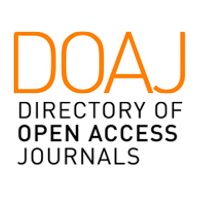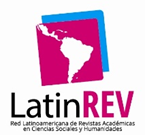Breaking language and cultural barriers: A case study in telecollaboration at an EFL class in higher education
Abstract
This paper presents a case study of a telecollaboration program with students of an English Pedagogy Program at a private university in Chile. The aim is to analyze this experience through the opinions of the Chilean participants between the years 2016-2017. To do so, a post-course survey was applied to a group of 54 students. The analysis of the qualitative data shows that students reported two main benefits: a raise in intercultural awareness and an increase in their linguistic abilities in the target language. The virtual exchanges via ICTs provided students with authentic language input and authentic situations and this, in turn, increased their motivation to participate in conversations in L2. Despite certain limitations discussed in the paper, the telecollaboration experience was highly valued by students.
KEYWORDS: Telecollaboration; virtual exchange; intercultural competence; higher education; EFL.
Doi: 10.21703/rexe.20212042knipp23
Downloads
References
Adler, N. (2003). Communicating across Cultural Barriers. International Dimensions of O-rganizational Behavior.
Agencia de Calidad de la Educación (2018). Informe de Resultados Estudio Nacional de Inglés III medio 2017. Retrieved from http://archivos.agenciaeducacion.cl/Informe_Estudio_Nacional_Ingles_III.pdf.
Ali, S., Kazemian, B., and Mahar, I. H. (2015). The Importance of Culture in Second and Foreign Language Learning. Dinamika Ilmu, 15(1), 1–10. doi:10.21093/di.v15i1.99.
Álvarez González, S. (2011). La relevancia del enfoque intercultural en el aula de lengua e-xtranjera. Revista Nebrija De Lingüística Aplicada a La Enseñanza De Lenguas, 5(9), 40-58. doi: https://doi.org/10.26378/rnlael59155.
Berríos Valenzuela, L., and Toro Collantes, M. (2019). Educación Intercultural en Chile: el desafío de la formación del profesorado. Ed. Congreso Internacional de Educación y Aprendizaje, 2019. Retrieved from https://conferences.epistemopolis.org/index.-php/educacion-y-aprendizaje/EDU2019/paper/view/9741.
Byram, M. (1997). Teaching and Assessing Intercultural Communicative Competence. Cle-vedon, UK: Multilingual Matters.
Byram, M., and Grundy, P. (2003). Context and culture in language teaching and learning. Clevedon: Multilingual Matters.
Council of Europe. (2001). Common European Framework of Reference for Languages: L-earning, teaching, assessment. Cambridge: Cambridge University Press.
ECU. (n.d.). Global Understanding. Retrieved from https://global-affairs.ecu.edu/global-virtual-exchange/global-understanding/.
Fernández, M. (2018). Mapa del estudiantado extranjero en el sistema escolar chileno (2015-2017). Ministerio de Educación, Centro de Estudios. Documento de trabajo N° 12. Santiago, Chile.
Global Partners in Education. (n.d.). About GPE. Retrieved from https://thegpe.org/about-gpe/.
Guariento, W., and Morley, J. (2001). Text and task authenticity in the EFL classroom. ELT Journal, 55(4), 347–353. doi: 10.1093/elt/55.4.347.
Guth, S., and Helm, F. (2010). Telecollaboration 2.0 language, literacies and intercultural l-earning in the 21st century. Bern: Peter Lang.
Hauck, M., and Youngs, B.L. (2008). Telecollaboration in multimodal environments: The impact on task design and learner interaction. Computer Assisted Language Learning, 21(2), 87–124. doi: 10.1080/09588220801943510.
Hollenbeck, D., and Hollenbeck, J. (2009). Using technology to bridge the cultures together in the multicultural classrooms. Technology in the College Science Classroom. Retrieved from http://files.eric.ed.gov/fulltext/ED519991.pdf.
Kilickaya, F. (2004). Authentic Materials and Cultural Content in EFL Classrooms. The In-ternet TESL Journal, 10(7). Retrieved from http://iteslj.org/Techniques/Kilickaya-AutenticMaterial.html.
Kramsch, C. (1993). Context and Culture in Language Teaching. Oxford: Oxford University Press.
O’Dowd, R. (2007a). Evaluating the Outcomes of Online Intercultural Exchange. ELT J-ournal, 61(2): 144–152. doi:10.1093/elt/ccm007.
O’Dowd, R. (2007b). Online intercultural exchange: an introduction for foreign language teachers. Clevedon: Multilingual Matters.
O’Dowd, R. (2011). Online foreign language interaction: Moving from the periphery to the core of foreign language education? Language Teaching, 44(3), 368-380. doi:10.1-017/S0261444810000194.
O’Dowd, R. (2013). Telecollaborative Networks in University Higher Education: Overcoming Barriers to Integration. Internet and Higher Education, 18: 47–53. doi:10.1016/j.iheduc.2013.02.001.
O’Dowd, R., and Lewis, T. (2016). Online Intercultural Exchange: Policy, Pedagogy, Practice. New York: Routledge.
OECD. (2019). TALIS 2018 Results (Volume I): Teachers and School Leaders as Lifelong Learners. Paris: TALIS OECD Publishing. doi: https://doi.org/10.1787/1d0bc92a-en.
Pavez-Soto, I., Ortíz-López, J., Sepúlveda, N.,Jara, P., and Olguín, C. (2019). Racialización de la niñez migrante haitiana en escuelas de Chile. Interciencia: Revista de ciencia y tecnología de América, 44(7), 414-420.
Pérez Cañado, M.L. (2013). Competency-based language teaching in higher Education. D-ordrecht: Springer.
Downloads
Published
Issue
Section
License
Open Access Policy
This journal provides immediate open access to its content, based on the principle that offering the public free access to research fosters greater global knowledge exchange.
License
The REXE Journal, “Journal of Studies and Experiences in Education,” published by the Faculty of Education at the Universidad Católica de la Santísima Concepción, is distributed under a License. Creative Commons Atribución 4.0 Internacional.





